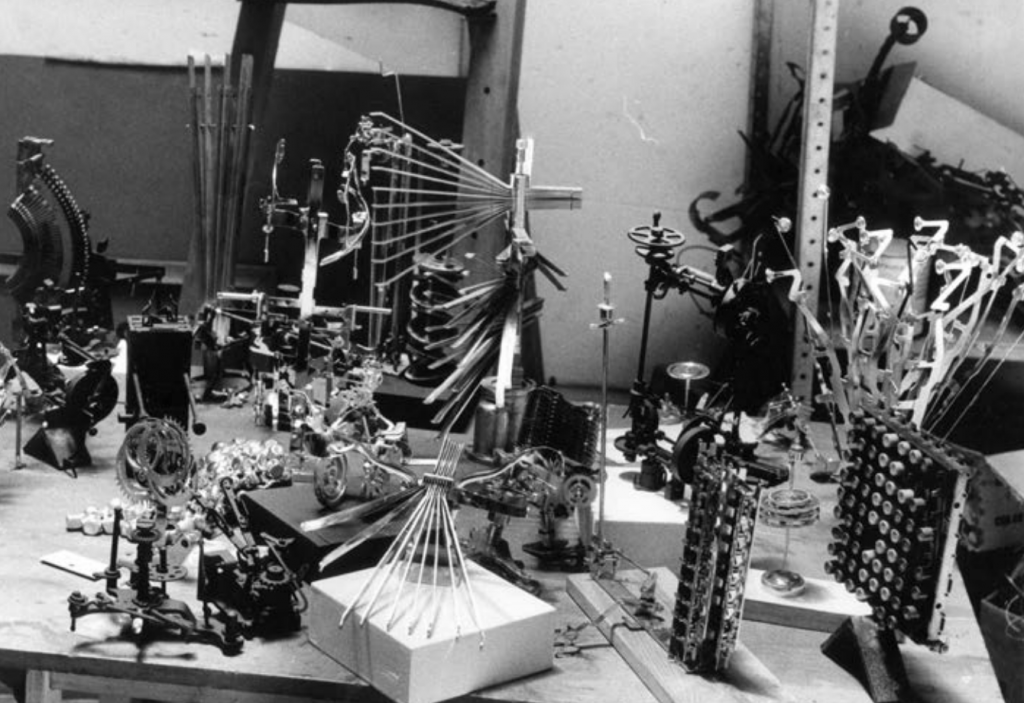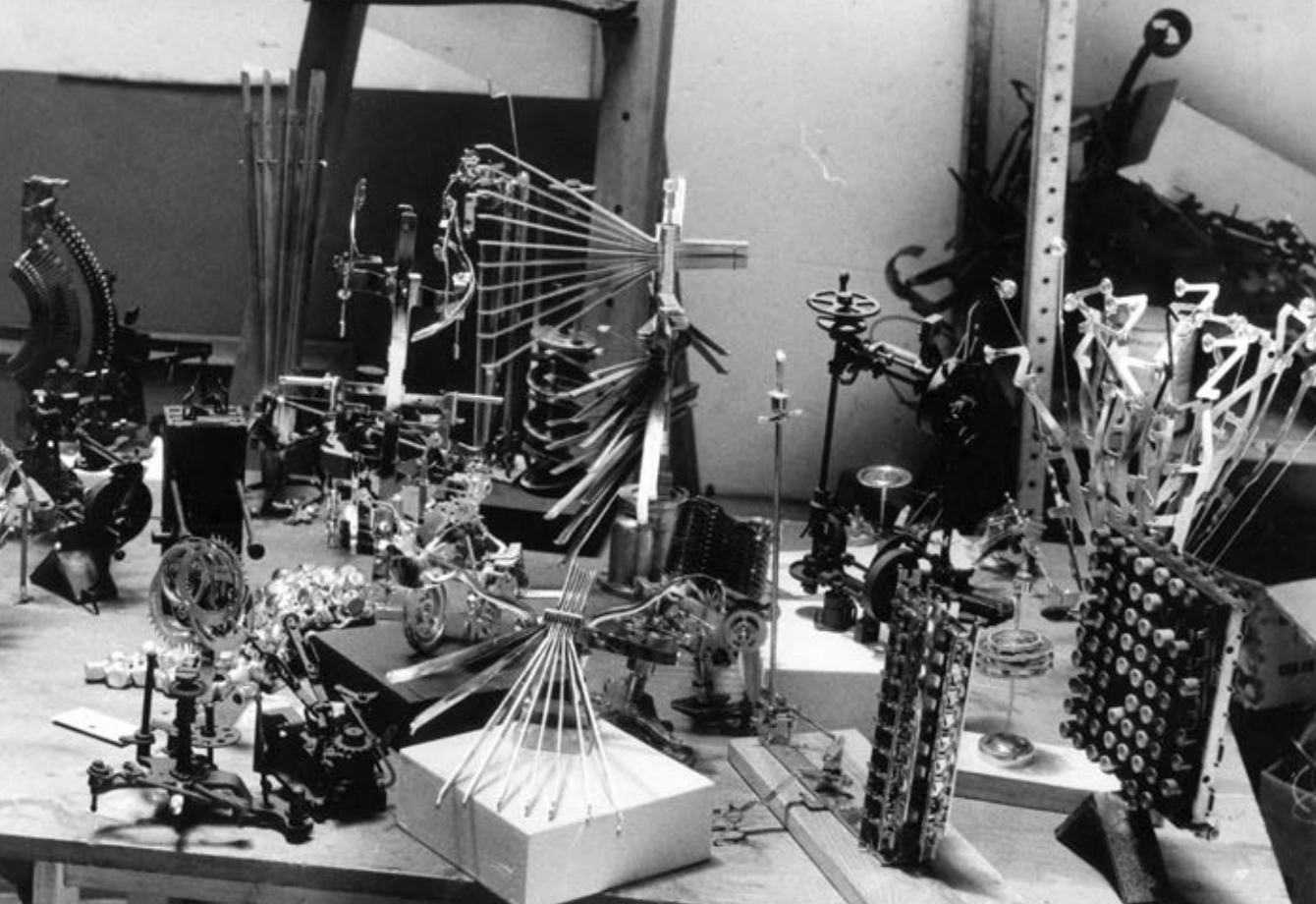Text by CLOT Magazine

Feliza Bursztyn was a pioneering Colombian artist active in the 1960s and 1970s whose kinetic sculptures revolutionised the South-American art field alongside the work of her better-known contemporaries Gego and Mira Schendel (all three shared the experience of the Jewish diaspora).
The exhibition Feliza Bursztyn: Welding Madness at Muzeum Susch, in Switzerland, is curated by Marta Dziewańska and Abigail Winograd and runs from 18 December 2021 – 26 June 2022. Bringing together approximately 50 sculptures, films, installations, and archival material, most of which are shown for the first time in Europe, this ambitious, career-spanning survey h positions Bursztyn as one of Latin America’s most important sculptors of the 20th century.
A pioneer in kinetic sculpture, Feliza Bursztyn created wrecked metal sculptures with ghostlike yet comical humanoid traits that addressed the social effects caused by the aggressive modernisation of Colombian society. Composed of industrial junk, often motor-animated, these works perform a theatre of dystopian industrial hybrids.
Her studio in Bogotá – a converted garage next to her father’s factory – became a meeting point for artists, writers, journalists, musicians, politicians and critics. It was there that she produced her first Chatarras (Junk Sculptures) in 1961.
Bronze – the material she was trained to work with in Paris –, was scarce in Colombia, leading her to turn to junkyard scraps and work with discarded fragments of machines, tires, cables, bolts and other metal bits. She would use these materials throughout her career adding hand- dyed fabrics, motors, light, and sound to produce increasingly complex, room-sized installations.
Eventually, Bursztyn produced immersive, experiential spaces: her sculptures clung to walls, hung from ceilings, perched on stages and carried out choreographed dances set to music in dramatically lit and adorned rooms. In multiple ways, her works were intended to disturb, provoke, push the limits, and reject the status quo.
She collaborated with writers, experimental musicians, filmmakers, and theatre directors in works that drew inspiration from sources ranging from the natural environment and popular culture to psychoanalysis.
Bursztyn’s immersive installations are characterized by their disconcerting mechanical sound produced by the frenetic vibration of the sculptures, as well as by occasional music scores accompanying the pieces.
The artist’s works and sculptural mise-en-scènes enact sites of aesthetic resistance and antithetical political investment, creating a unique experience that raises awareness of the situation and the perception of women in a male-dominated society and reveals the troublesome face of modernity.
What is so striking and so original is the way in which she combined and interrogated ideas about art, machines, craft, modernity, and labour through the lens of hysteria – a term which, since the 19th century, has been used to describe female instability, abnormality and emotional excess.






